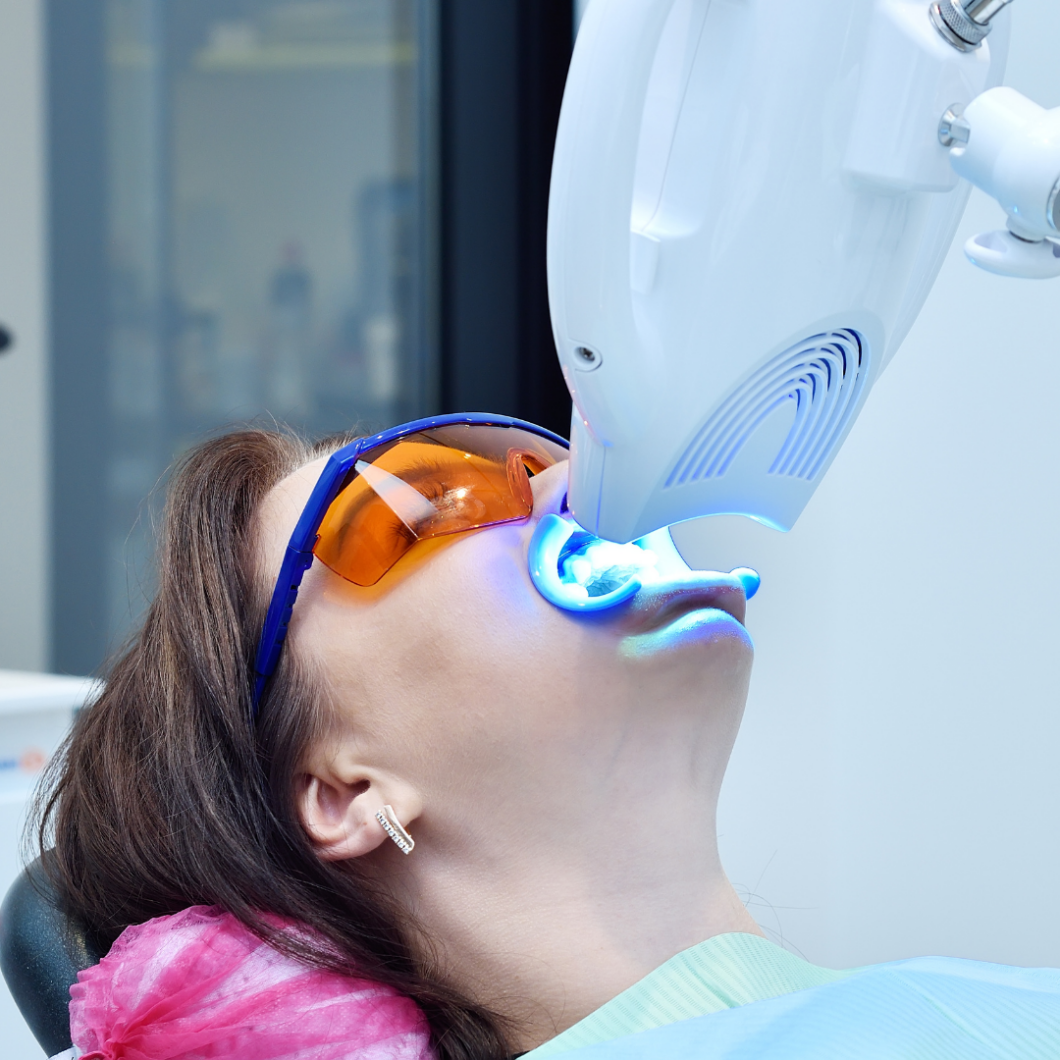The role of innovation in modern dentistry: a Kois dentist’s perspective
In today’s changing world, there is no room for choice when it comes to technology and dentistry. Indeed, a Kois-trained dentist like myself can attest to seeing firsthand how advances in innovation shape the landscape of dental care with regard to diagnostic capabilities, the planning of treatment, and ensuring successful outcomes. Let’s go through how these have shaped modern dentistry and all the benefits it brings to patients.
Improvement in Diagnosis using Technology
Traditionally, dental diagnosis was largely based on visual assessment and simple imaging. Advances in technology have introduced a new wave of diagnostic tools that help us see beyond what is obvious. For example, digital radiography provides images with a resolution far higher than that of conventional X-rays and exposes patients to significantly lower doses of radiation. This means that the diagnosis is more accurate, and patients are safer.
Besides the improved imaging, intraoral cameras allow us to share visual information with our patients easily. This transparency not only helps the patient understand his or her oral health conditions better but also helps in a collaborative approach to the treatment plans.
Accuracy in Treatment Planning
When the clear diagnosis is accomplished, then next comes the highly meticulous treatment planning. Kois-trained dentists use advanced softwares that amalgamate data generated from different diagnostic tools to offer comprehensive, tailor-made treatment plans. These technologies can simulate many different treatment results, so that we can have the best, optimum approach tailored according to each unique patient’s requirements.
Moreover, there have been recent improvements in 3D printing that is changing the nature of making dental restorations, such as crowns, bridges, and implants. Rapid prototyping, together with more fitting restorations, reduce visits significantly, enhancing patient comfort.
Improved Outcomes
In the end, success in dental practice comes in terms of lasting improvements over a patient’s quality of life. In an ever-changing climate, innovation may include new trends such as laser dentistry – this gives much comfort with even lesser pain post-procedure to ensure significantly diminished recovery time. These include lasers during soft tissue applications and could improve the efficiency regarding gum disease processes.
Other technologies, such as CAD/CAM (Computer-Aided Design and Computer-Aided Manufacturing), enable us to make restorations in-house in a single visit. This results in less chair time for the patient and immediate functionality and aesthetics.
The Kois Philosophy
At the heart of my practice as a Kois dentist is my commitment to continually learning and keeping abreast with the latest technological advancements. This is because Kois Center highly emphasizes evidence-based practices, whereby every innovation in our practice will be supported by solid research for the betterment of patient outcome.
We should combine artistry with science by applying innovation to the highest standards of care. At the time that patients leave our office, they should walk away with a beautiful smile and, more importantly, a deep understanding of their oral health and its importance.
Conclusion
Innovation is no longer a concept of the future for dentistry but a characteristic that defines how we practice today. Being a proud Kois-trained dentist, I look forward to embracing these advances and their potential to transform the patient experience for the

